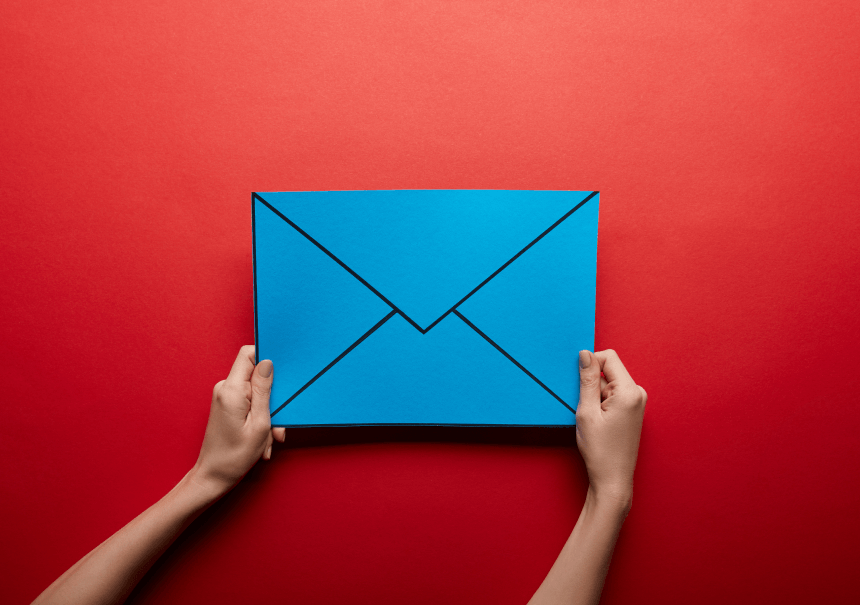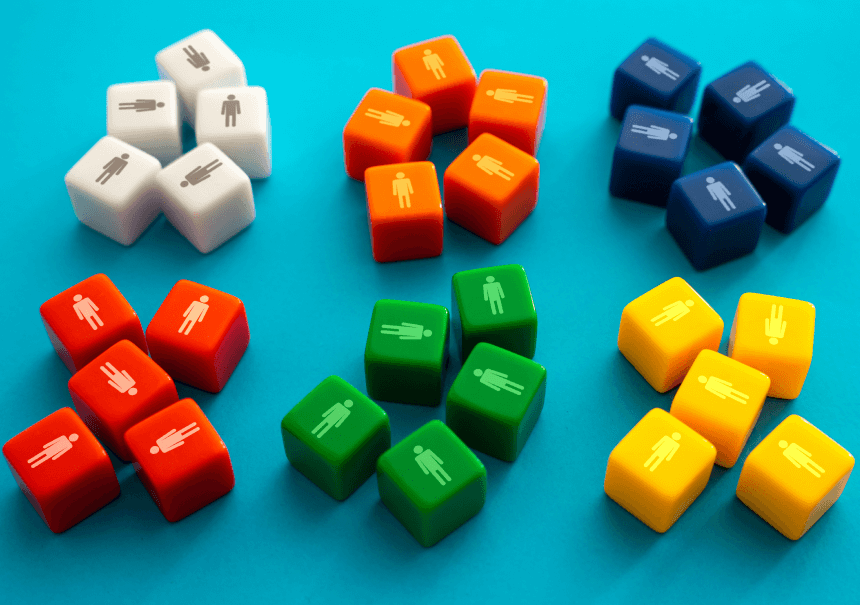Is e-mail the best retention tool?

Getting a new customer is half the battle. It may be more difficult to keep it on your brand. Mailing can be a good tool for building relationships with customers and encouraging regular purchases.
Acquiring a new customer costs several times more than maintaining an existing one. That’s why it’s worth learning how to retain customers. Retention emails will help with this.
Retention email. What is this?
A retention email is a message to a current customer as part of a strategy to strengthen the relationship.
A retention email can be a simple thank you for your purchase. But the most effective customer retention emails should be part of a comprehensive marketing plan.
It will come as no surprise that retention emails can and should be automated. Thanks to intelligent contact targeting, you can personalize such messages, which will strengthen the customer’s relationship with your brand.
Why use retention emails?
Retention emails are still one of the most popular messages sent to customers. This is not surprising, because mailing tools are relatively cheap (compared to other marketing tools) and provide a decent return on investment.
Why? Because customers expect information from the companies they do business with. Yes, many brands are afraid that their messages may be treated as spam, but if a customer registers voluntarily, he will want to receive messages from you.
According to the “rule of seven”, it takes seven interactions with a potential customer before they finally decide to make a purchase. However, once he makes the first purchase, the chance of making another transaction increases by several dozen percent.
What is a good retention email?
The most important goal of a retention email is to grab the recipient’s attention. How to do it?
- Strong topic.
Good topics are short and unique. Avoid clickbait, which may be considered spam.
Topics that focus on the time limit of the offer, e.g. only today, only until tomorrow, work well. This way, you increase the chance that the customer will not leave the purchasing decision until later.
- A call to action.
Most emails will not be complete without a CTA (call-to-action). Retention emails too. The CTA button should stand out graphically and contain a short, persuasive message, e.g. check, learn more, buy now.
- Engaging content.
Use original photos, infographics, short videos.
Divide the email content into subheadings and bullets to make it look more readable and aesthetic.
Write for a specific audience, which you can isolate and segment using Marketing Automation.
The text should be clear and concise and respond to the client’s problem.
Customer-based activities
Best practices:
- Organize your database.
A large database that you don’t take care of is ineffective. It is better (using marketing automation) to segment contacts according to various attributes, e.g. age, purchasing activity, gender.
Well-made segments will allow you to send personalized communication to specific recipients who are really waiting for your offers.
- Know why you’re doing it.
Stick to the plan. Think about what exactly you expect from your customers. Read a blog article? Using a discount code? Joining the loyalty program? Purchase? The purpose of the email must be clearly defined and should influence its content.
- Measure, report, analyze.
Check whether your strategy is effective. Does it bring you a real return on investment, or is the KPI you set at the start of the campaign satisfactory?
Marketing automation tools usually have built-in reporting systems and present data in an understandable way. You can always use other tools, e.g. Google Analytics.
- Create a schedule.
Try to get your customers used to regularity. Over time, they will learn that, for example, on Tuesdays you send them the latest promotional offers, and Thursdays are reserved for the newsletter. If someone knows what to expect, they wait for it more and are not surprised, which increases the chance that they will open the email.
- Do not rush.
Typos and grammatical errors are not the best showcase of your brand. The more you create in a hurry, the greater the risk of making a mistake.
Try to create a double or even triple control system in your company. Before sending it, let someone else look at the final content of the e-mail who may notice things that you have already missed.
Types of retention emails.
Email after abandoning the cart – a gentle reminder that the customer still has something left in the shopping cart and it only takes a moment to make a purchase (reluctant customers can be tempted with an additional discount). A frequently used tool, especially in e-commerce, very effective in combination with Marketing Automation.
“Program” emails – e.g. promoting and managing loyalty programs, reminding about unique offers and discounts for participants. Popular especially in the FMCG industry. Companies in this sector often run loyalty programs that require constant communication with customers.
Competition emails – messages sent to promotion or lottery participants, ranging from content thanking them for signing up for the competition, through reminders about draw dates, to mass sending of competition results.
Occasional e-mails – sent on a birthday (if such data is in the database) or on the occasion of Christmas and New Year. Occasional emails also include sales emails for special occasions, e.g. Black Friday.
Summary
Using mailing to retain customers can significantly contribute to the development of your company. Regular, effective communication allows you not only to strengthen relationships with current customers, but also to attract new ones. The key is planning, segmenting your audience and creating personalized, compelling content that will be interesting to your customers. And Marketing Automation will help with this.



